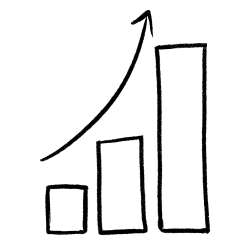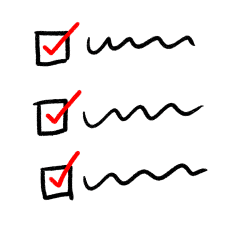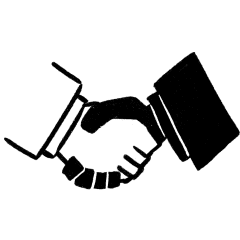

I created alignment by documenting terminology

I considered how to accommodate growth as the product continued to evolve

I considered navigation & interaction patterns

To learn more about all the areas this would touch

To learn how we sold and packaged our product

To learn how this would affect clients & consumers across the business
“Create and edit” actions accessible from different aspects of the website, and how would that look in the navigation. To tackle this, I put those actions in modals. This approach makes these actions “portable” in the user's navigation.
Because the platform needed to host and display a lot of data from a variety of core entities, it was important to create a template that accommodates the different type of content without the user relearning actions. Nested components were swappable based on need.
In each object within the core entities, there were 2 types of content: editables & configurables. Editables were utilized for read-only (but editable) content for things user and client profiles.
Created, updated, or deleted
Turned on and off at high and micro levels
Configured with context-specific requirements
I have since left the company, but in the immediate next steps, the team fleshed out the flows even further to construct more reusable components as needed and string together pages with what I already laid out. There would also be closer collaboration with our UX Researcher, who was conducting interviews while we gathered requirements, to help push the designs to final as requirements are clarified and enhanced by user needs, goals, and motivations.
“This is really excellent. I'm impressed what everyone was able to do, given the level of ambiguity still.” — Director of UI
“We are already in a complex field, and this is the most complex piece of it-- how it all works. It will save engineering time, make admin's work easier, and it's a great example of collaboration between our groups.” — Director of UX
“Martha has been especially great at protecting the fidelity of the designs of this work for our benefit and for our partner's benefit, because we want to be transparent about what we're doing and what we're delivering.” — UX Manager
“Martha, your UX input was extremely valuable. I hope to continue to work with UI in this fashion in the future!” — Sr UX Designer
Being the designated UI Designer for the early stages of this product is tricky, considering it was dubbed “the most complicated project in the company”, since it is meant to control everything for an enterprise-level B2B SaaS.
I am happy that I broke several norms when working with my team, which opened a bigger conversation for collaboration across the whole department.Stakeholders like to see final designs right away; however, it was more important than ever to take a step back and deliver based on goals and needs. I learned to be more comfortable defending my design decisions to cross-functional stakeholders, knowing that I was advocating for both our users and the entire team as I considered development, scale, and technical debt.
Additionally, I heavily contributed to the team getting a grasp our requirements by documenting definitions and object relationships. While this was technically not in my duties as a UI Designer, I felt that it was helpful, and my teammates agreed. As a designer, it is my duty to make sure I practice human-centered design for both the users and the team, so I went with my gut and let my curiosity about the product and my empathy for the users and the team to drive my work.
Check out my other projects
Want to know more about how I work and solve problems? See my other work!
View Work
Wanna know what else I've got or more about my newer projects? Hit me up! 👇🏽









